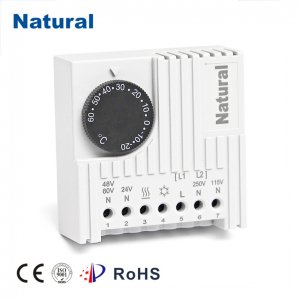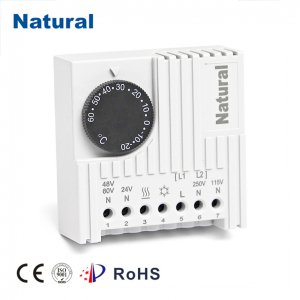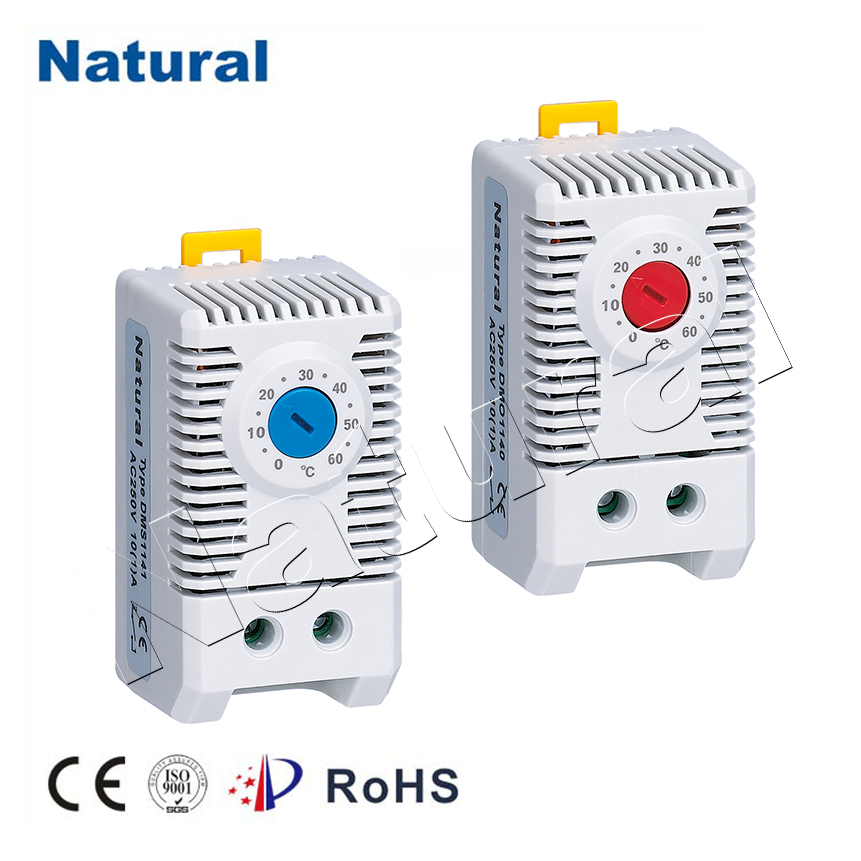In today’s world, efficient temperature control is essential for both comfort and energy savings in residential and commercial spaces. A critical component in achieving this control is the thermostat, with the 24V thermostat being one of the most commonly used types in heating and cooling systems. This article delves into the functionality, benefits, and applications of 24V thermostats, providing a comprehensive understanding of their importance in modern HVAC systems.

What is a 24V Thermostat?

A 24V thermostat is a device that regulates the temperature in a space by controlling the heating and cooling systems. It operates on a low voltage of 24 volts, making it safer to use in residential settings compared to higher voltage systems. Most 24V thermostats are designed to work with HVAC systems, including central heating, air conditioning, and heat pump systems. How Does a 24V Thermostat Work? The basic operation of a 24V thermostat involves sensing the ambient temperature of a room and comparing it to the desired temperature set by the user. When the room temperature deviates from the set point, the thermostat activates or deactivates the heating or cooling system accordingly.
